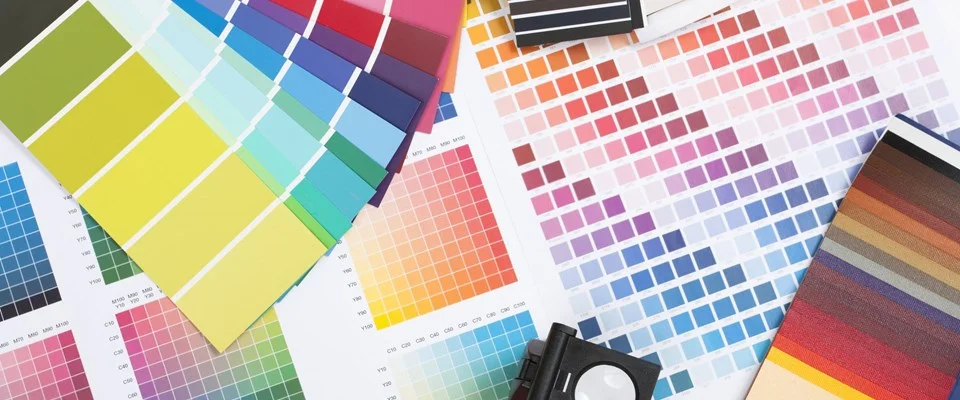What is 'DPI' and Why is it Important?
What is DPI and why is it Important?
DPI stands for “Dots Per Inch” and is simply the number of little printed dots there are per inch of your printed document. The basic rule is that the higher the DPI the higher the print quality. But often it is unnecessary to use the highest DPI possible.
In a digital image file, resolution is called PPI (Pixels per Inch). This PPI number lets the printer know what the intended size of the printed image is. Unfortunately, increasing the resolution of an image after it has been created can make it look blurry. The pixels will be stretched and your software will do its best to fill in the gaps – often creating a low-quality image.
The PPI of the image should be set on the blank document before the design process begins – ensuring that all design elements are appropriate for the print. You can change your documents PPI in the software’s settings that you are using.
Your computer monitor has its own DPI, usually set to a default between 96 DPI and 120 DPI during set up. This is great for looking at most basic documents such as letterheads and websites. But when you are looking at an image set to 300 DPI it will not be displayed correctly. To see this image correctly you will need to go into your computer monitor settings and up the DPI.
Those are the basics of DPI and PPI, so you should have a better understanding when creating your print-ready artwork or viewing proofs. If you are still confused then speak to a member of our team by emailing enquiries@theprintinghouseltd.co.uk.

